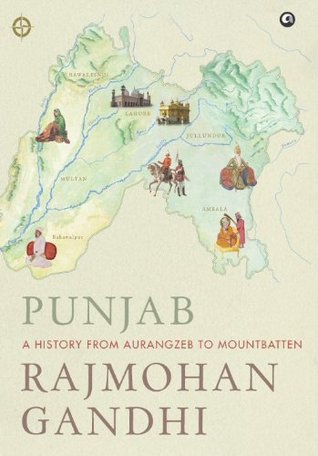With the state under Zia championing religious orthodoxy, male government employees exchanged Western-style trousers-and-shirts for shalwar kameezes, new mosques multiplied, and Sunni-Shia controversies as well as attacks on Ahmadiyyas became sharper. Before Zia was killed in 1988 in an air crash near Bahawalpur (along with the American ambassador, the chairman of Pakistan’s joint chiefs of staff, and others on his plane), his policies had made Pakistan and its Punjab province more hospitable for extremists.
Welcome back. Just a moment while we sign you in to your Goodreads account.


